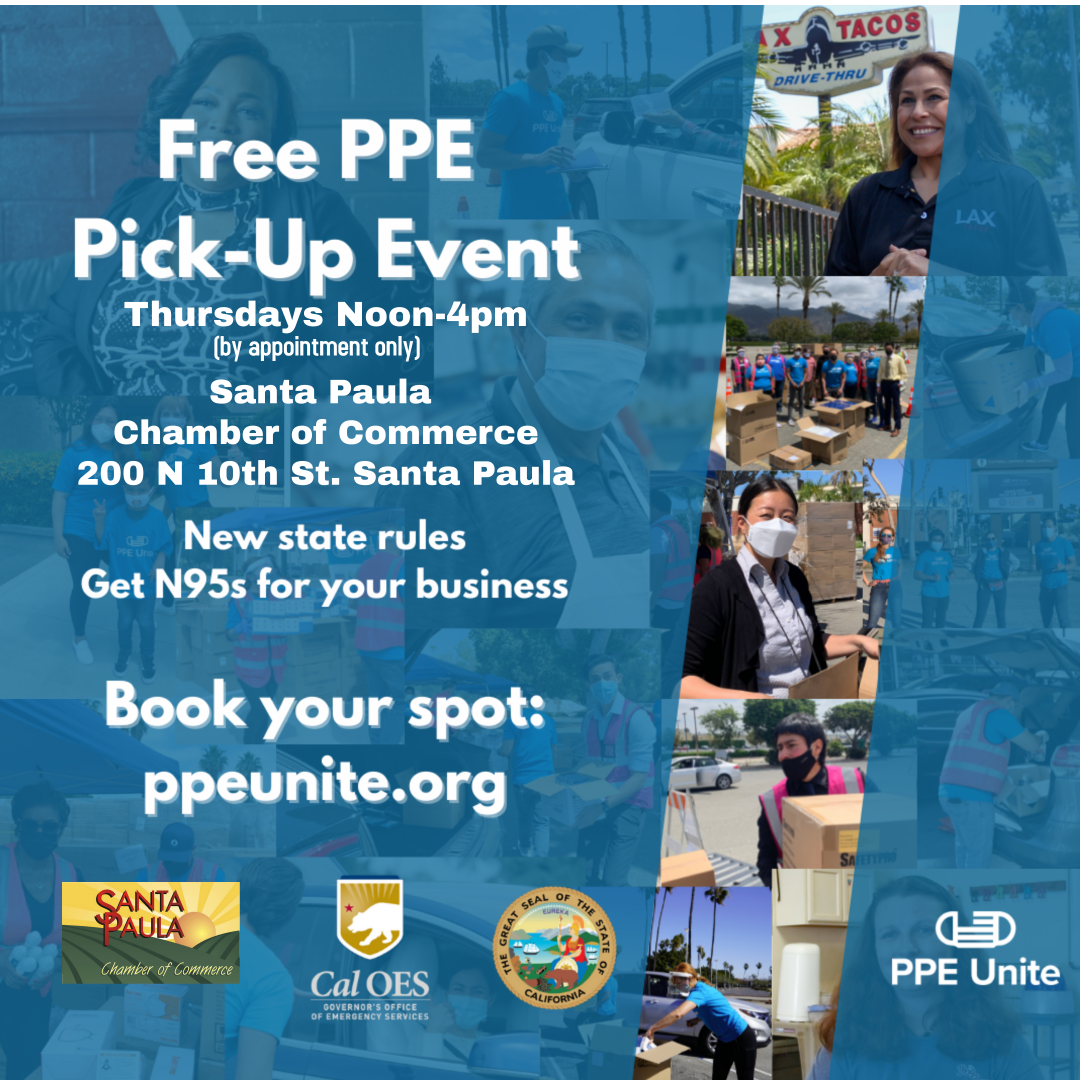Mastering the Art of Negotiating a Business Deal for Success

Published: Jun 19, 2025, by Robert Johnson. In Sales
Negotiating a business deal can feel like walking a tightrope. One wrong move could tip the balance, but with the right strategies, you can secure a win-win outcome. Whether you’re closing a contract or forming a partnership, mastering negotiation skills is crucial for your success.
In today’s fast-paced business world, effective negotiation isn’t just about getting the best price; it’s about building relationships and creating value. You’ll want to approach each negotiation with confidence and clarity, knowing that preparation is key. By understanding the needs and motivations of all parties involved, you can navigate the complexities of any deal and emerge with results that benefit everyone.
Understanding Negotiating a Business Deal
Negotiating a business deal is crucial for small businesses to thrive. It involves not only reaching an agreement but also ensuring that the terms align with your sales strategy and overall business goals.
Importance of Negotiation Skills
Negotiation skills directly impact your sales performance and revenue generation. Strong negotiation enhances your ability to build relationships with clients and partners. By understanding customer needs and effectively addressing objections, you can create a compelling value proposition. Mastery of negotiation contributes to achieving your sales targets and fosters repeat business through better client engagement. Emphasizing preparation and active listening leads to more effective persuasion during sales discussions.
Key Elements of a Successful Deal
Several key elements define a successful business deal:
- Clear Objectives: Establish specific sales goals before entering negotiations.
- Research: Analyze the market landscape and your competition to inform pricing strategy.
- Relationship Building: Cultivate trust with stakeholders to facilitate smoother negotiations.
- Value Proposition: Clearly articulate how your product or service meets customer needs.
- Flexibility: Remain open to adjusting terms while maintaining your core objectives.
- Closing Techniques: Utilize effective closing techniques to finalize agreements efficiently.
- Follow-Up: Engage in strategic follow-up to score additional opportunities and nurture leads.
Understanding and implementing these elements can significantly improve your success in negotiating business deals and contribute to effective business development.
Preparing for Negotiation
Successful negotiation requires preparation and a strategic approach. You must understand the context of your negotiation to achieve optimal outcomes for your small business.
Research and Information Gathering
Conduct thorough research before entering negotiations. Gather relevant data on market trends, competitor pricing, and customer needs. Utilize customer relationship management (CRM) tools to analyze sales metrics and past performance. Knowledge about the competitive landscape strengthens your position and enhances your sales strategy. Investigate the other party’s history and interests, and be aware of current sales leads or proposals. This not only informs your opening offer but also equips you to address potential objections effectively during negotiations.
Setting Clear Objectives
Define clear objectives prior to your negotiation. Setting measurable sales targets helps streamline your focus and guides your negotiation strategy. Identify specific goals, such as a desired profit margin or favorable pricing strategy. Keep in mind the outcomes you want, whether it’s closing a sale, securing a partnership, or increasing referral sales. Ensuring your objectives align with your overall business development strategy contributes to stronger negotiation outcomes. Articulating these objectives clearly during the negotiation minimizes confusion and keeps discussions on track, thus enhancing your chances of success.
The Negotiation Process
Negotiating a business deal involves distinct stages that contribute to a successful outcome. Understanding these stages helps small businesses navigate negotiations effectively.
Establishing Rapport
Establishing rapport is crucial in negotiations. Building a positive relationship with the other party creates trust and shows commitment. Use active listening and ask open-ended questions to engage the other party. Share relevant personal anecdotes to connect on a human level, fostering a collaborative atmosphere. Recognizing shared interests can facilitate smoother discussions, helping you align on objectives. Consider initiating discussions with small talk or common interests before diving into business topics.
Strategies for Effective Communication
Effective communication in negotiations enhances clarity and understanding. Be concise and direct when stating your position and goals. Use “I” statements to express your needs without sounding aggressive. Active listening is essential; confirm your understanding by paraphrasing the other party’s points. Leverage visual aids, such as graphs or charts, during presentations to illustrate key points clearly. Maintain a calm and professional tone, even when addressing objections. Invite feedback to ensure both parties feel heard, which strengthens the overall negotiation process.
Implementing these strategies improves engagement and progress, ultimately leading to a more favorable business deal.
Overcoming Challenges in Negotiation
Negotiating successfully requires tackling various obstacles. By honing your approach, you can enhance your outcomes.
Handling Objections
Addressing objections promptly keeps negotiations on track. Recognize objections as opportunities to clarify and expand on your value proposition. Equip yourself with data that supports your claims, and be prepared to address concerns about pricing, product features, or service terms. Use customer relationship management (CRM) tools to gather insights on past interactions, which can help tailor your responses. For example, if a potential client worries about pricing, share case studies demonstrating cost savings and ROI from previous customers.
Finding Common Ground
Identifying shared interests can facilitate a smoother negotiation process. Focus on their needs while aligning your objectives with theirs. Utilize active listening to uncover mutual goals, which can create a collaborative environment. For instance, if negotiating with a B2B client, emphasize how your solution addresses their specific challenges, thus benefiting both parties. By expanding the conversation beyond mere transactional aspects, you can cultivate a relationship that promotes ongoing collaboration and potentially boosts your sales pipeline. Implementing these strategies fosters mutually beneficial agreements, paving the way for repeat business and stronger client ties.
Conclusion
Mastering negotiation skills is essential for your business success. By focusing on building relationships and creating value, you can secure deals that benefit all parties involved. Remember that preparation is key; knowing your objectives and understanding the needs of others will enhance your negotiating position.
Utilize effective communication strategies and stay flexible throughout the process. Address challenges with confidence and view objections as opportunities for clarification. By fostering a collaborative environment, you not only improve the chances of closing a deal but also lay the groundwork for lasting partnerships. Embrace these strategies and watch your business thrive through successful negotiations.
Frequently Asked Questions
What are negotiation skills and why are they important for small businesses?
Negotiation skills are the abilities that enable individuals to facilitate discussions and reach agreements with others. For small businesses, these skills are crucial as they help secure favorable deals, build long-lasting relationships with clients and partners, and enhance overall business performance and revenue generation.
How does effective negotiation go beyond just pricing?
Effective negotiation is about creating value and building relationships, not just securing the best price. It involves understanding the needs and motivations of all parties involved, helping to achieve win-win outcomes that foster long-term collaboration and mutual benefit.
What role does preparation play in successful negotiations?
Preparation is essential for successful negotiations. It involves thorough research on market trends, competitor pricing, and customer needs. Prepared negotiators are better positioned to set clear objectives and develop strategies that guide discussions toward favorable outcomes.
What key elements contribute to successful business deals?
Successful business deals involve establishing clear objectives, conducting comprehensive market research, building trust with stakeholders, articulating a strong value proposition, remaining flexible, effectively closing deals, and engaging in strategic follow-up to maintain relationships.
How can effective communication strategies improve negotiations?
Effective communication strategies, such as clarity, active listening, and using visual aids, enhance engagement during negotiations. These techniques facilitate better understanding, help address concerns promptly, and foster a collaborative atmosphere, ultimately leading to more successful business outcomes.
What are some common challenges faced in negotiations?
Common challenges in negotiations include handling objections, miscommunication, and differing priorities among parties. By viewing objections as opportunities for clarification and finding common ground, negotiators can work towards solutions that benefit all involved, promoting smoother discussions.
How can CRM tools assist in the negotiation process?
CRM tools can help negotiators analyze sales metrics and gather insights from past interactions. This information allows for tailored responses during negotiations, enabling negotiators to understand client behaviors, preferences, and pain points, which can significantly enhance the negotiation strategy.
Why is building rapport important in negotiations?
Building rapport is crucial as it fosters trust and commitment among negotiating parties. When negotiators establish a positive relationship, it enhances collaboration, encourages open communication, and creates a more conducive environment for reaching mutually beneficial agreements.











